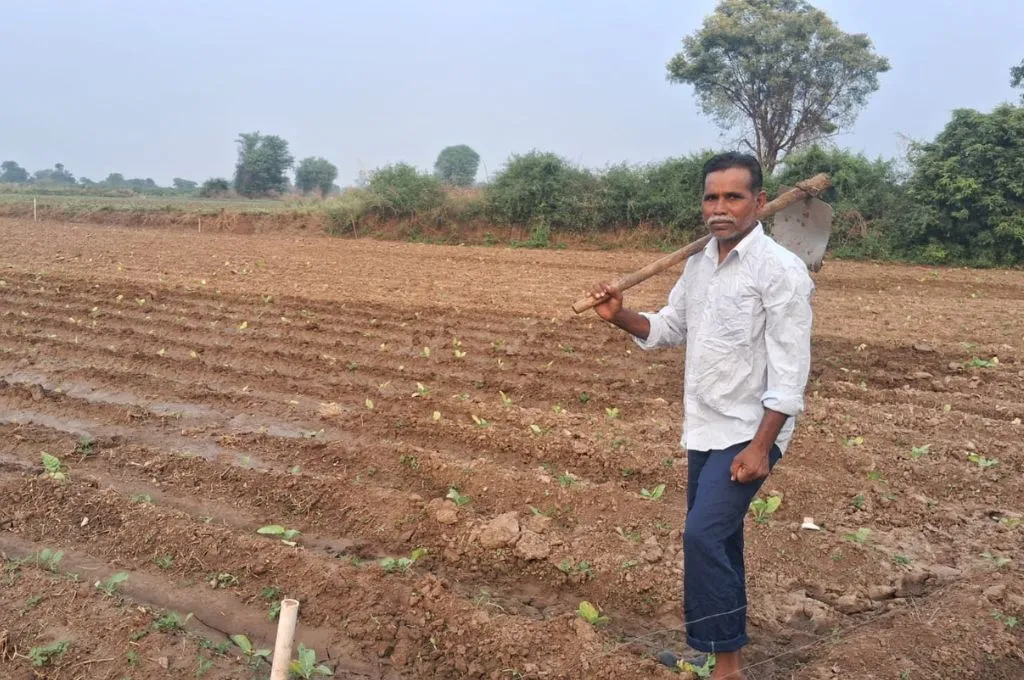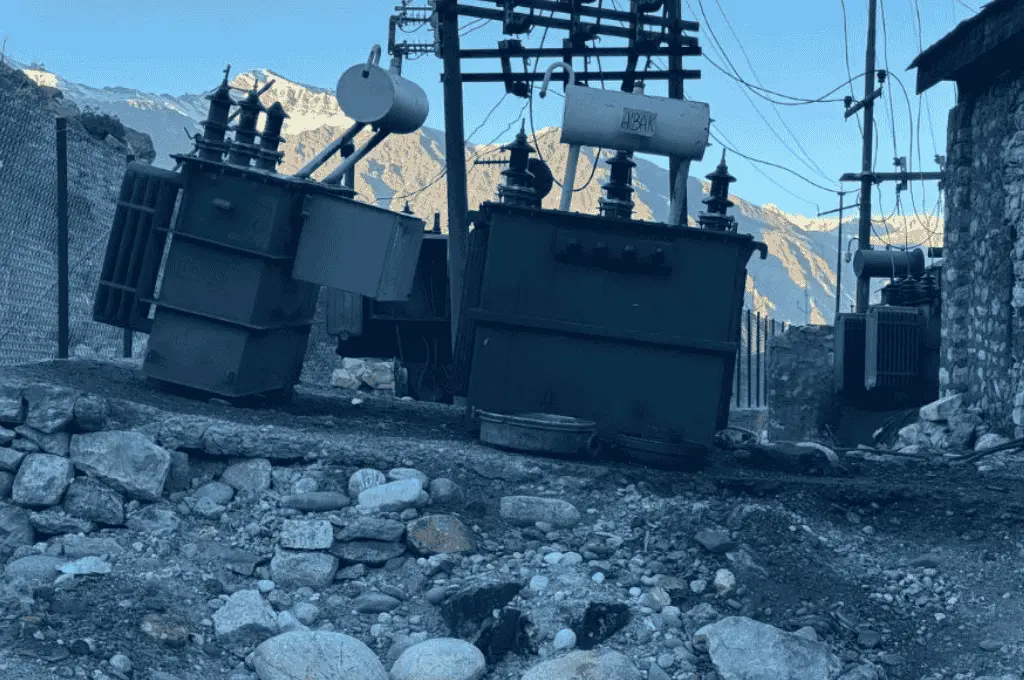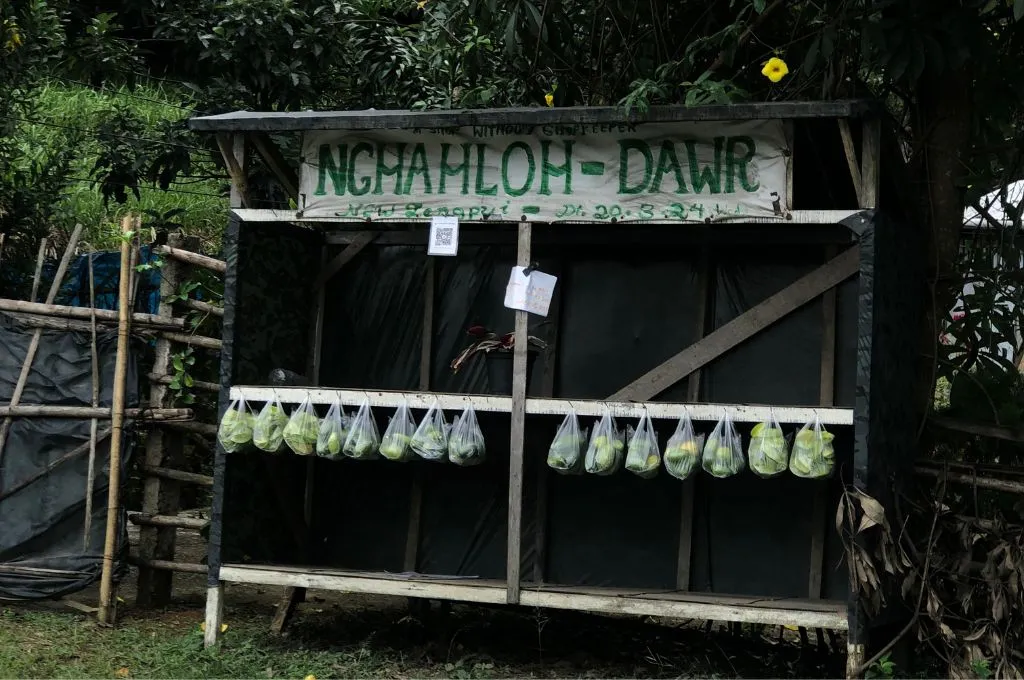A mountainous task: Cloudbursts and J&K’s poor disaster response
The mountainous village of Honzar in Dachhan tehsil, located in the erstwhile state of Jammu and Kashmir’s Kishtwar district, was hit by a deadly cloudburst on July 28, 2021. It washed away 10 houses, one school building, and a food storage unit, and left several people dead. Months later, villagers are yet to overcome the losses.
According to Omar, a 21-year-old from the village, the locals tried to save the lives of people, but did not succeed. “Teams from the National Disaster Response Force and State Disaster Response Force reached our village after three days. By then the weather had cleared up,” he said.
The residents of this remote village believe that in order to be self-dependent and protect themselves during such extreme events, they should be provided with effective disaster preparedness training. This will equip them with the necessary skills for an immediate response to the disasters their region is prone to, allowing them to hold the ground until the arrival of the rescue teams.
Ashfaq Hussain Tantre, a 50-year-old resident of the village, pointed out that the lack of infrastructure in their village makes it even more difficult to save lives in times of crisis. “We don’t have basic facilities like roads. We carry patients on our shoulders and trek for several kilometers on these serpentine hills to reach the nearest public health centre located in Dachhan, approximately two hours from Honzar. Without basic infrastructure, how do we save lives when natural hazards hit the village?” He also explained that it took very long to inform the district information officer about the calamity since there is no network in the region.
Sheikh Zafarullah, the district development councillor of Marwah, said, “Even though the administration sent aircraft to rescue people, it took time to take permissions that ultimately delayed the entire process. Allotting district specific aircraft for emergency assistance can make the evacuation quicker and effective.”
A village like Honzar, which is deprived of basic amenities, has a tough geography, and faces extreme weather conditions, requires a strong disaster risk reduction and management approach. It is important to recognise the role that local community members can play in responding to disasters. By providing them the technical knowledge, skills, and medium to intervene during such disaster situations, the loss of lives can be reduced. This, of course, needs to be supported by strong road and health infrastructure.
Baber Nafice is a writer from Jammu and Kashmir’s Doda district. The original story was published by Charkha Features.
—
Know more: Read this article to learn about a day in the life of a relief worker in Majuli district in Assam.



